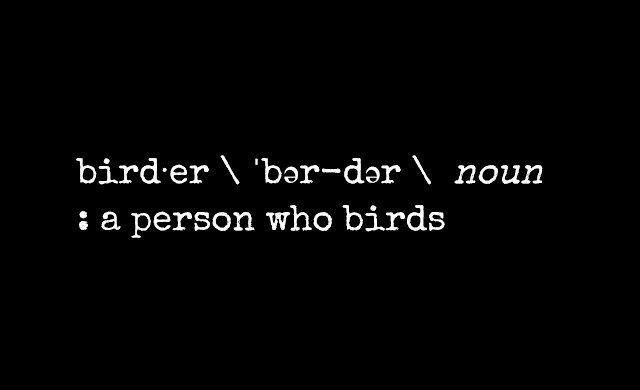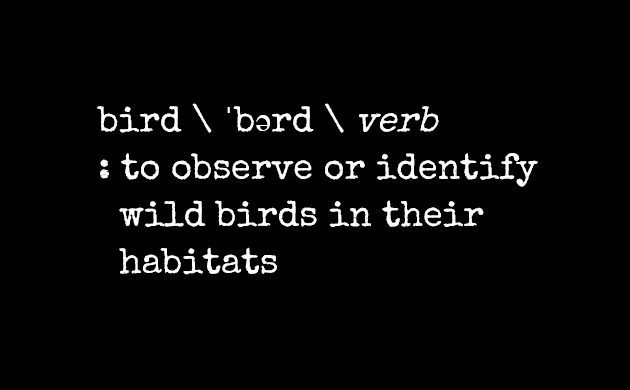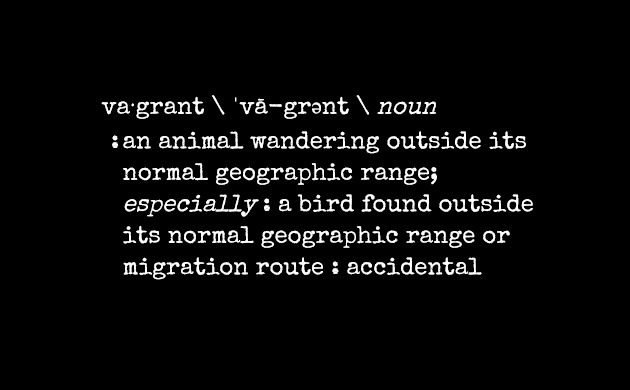
I recently read Word by Word: The Secret Life of Dictionaries, a book by Kory Stamper, a lexicographer at Merriam-Webster. For anyone who has even a passing interest in words, definitions, or dictionaries, it is fascinating. I highly recommend it and I’m not alone. The book has garnered positive reviews in publications such as the New York Times, The Atlantic, and The New Yorker. Stamper was entertainingly interviewed by Terry Gross on Fresh Air on NPR.
As Stamper makes clear, modern dictionaries, at least the ones produced by Merriam-Webster, define words to reflect actual usage by actual people in real life. They are “descriptive” (meaning they reflect how words are used) not “prescriptive” (how they ought to be used), though those terms can blur at the edges.
The English language is not static: words are created all the time and meanings and connotations evolve as the years, decades, and centuries pass. At some point, enough people use a new word in a sustained and meaningful way that lexicographers consider it for inclusion in a dictionary.
Stamper’s employer publishes several dictionaries, but the focus is on two: the Merriam-Webster’s Collegiate Dictionary, Eleventh Edition (225,000 entries), and Webster’s Third New International Dictionary, Unabridged (476,000 entries). According to Merriam-Webster, the Collegiate is the best-selling American dictionary and the Unabridged is the biggest. (In 1843, G & C Merriam Co. bought the rights to Noah Webster’s famous American Dictionary of the English Language, though it later lost exclusive rights to the “Webster” name.)
Producing a dictionary, or a new edition of an existing dictionary, is a daunting task. Stamper presents a compelling argument that the time between the 10th (1993) and 11th (2003) editions of the Collegiate was barely enough time to methodically wade through mountains of material in the English language to: (1) add new words, and (2) update all of the definitions of existing words.
Given the tasks of the job and the professional self-selection that must occur, I imagine lexicographers, like birders, often find themselves paying rapt attention to things others don’t notice at all. (It is perhaps worth mentioning that Stamper twice notes the mockingbird that nested outside the window of her home office, though not in flattering terms.)
Since the election in 2016, Merriam-Webster has experienced something of a cultural resurgence. It has seen a surprising uptick in its social media presence, particularly its topical, opinionated, and sometimes political posts and tweets. The Merriam-Webster Twitter account has more than 600,000 followers, which is impressive for a staid company full of lexicographers who toil in anonymity creating reference books.

That’s all well and good, but how do Merriam-Webster dictionaries treat birders?
The Collegiate does define the word “birder” (“a person who birds”) and “bird watcher” (“a person who watches and identifies wild birds”). The online version tells us that “birder” is in the bottom 30% of words, which, for better or worse, cannot be unexpected.
Of course, a “person who birds” begs the question of what “bird,” as a verb, means. The traditional definition (Stamper tells us that lexicographers call this a “sense”) of the noun “bird” (“any of a class (Aves) of warm-blooded vertebrates distinguished by having the body more or less completely covered with feathers and the forelimbs modified as wings”), comes first. But the verb definition (“to observe or identify wild birds in their habitats”) is also included.
Combining the definitions, the word “birder” means “a person who observes or identifies wild birds in their habitats.” This is similar to the definition for “bird watcher,” though some may view them as subtly different.
That’s not all: bird words abound in the dictionary. Although birders know a duck or swan or goose when they see one, the definitions are interesting, as they are concise and precise, written by professional word-definers.
-
- Duck: “any of various swimming birds (family Anatidae, the duck family) in which the neck and legs are short, the feet typically webbed, the bill often broad and flat, and the sexes usually different from each other in plumage.”
- Swan: “any of various large heavy-bodied long-necked mostly pure white aquatic birds (family Anatidae, especially genus Cygnus) that have webbed feet and are related to but larger than the geese.”
- Goose: “any of numerous large waterfowl (family Anatidae) that are intermediate between the swans and ducks and have long necks, feathered lores, and reticulate tarsi.”
Of course, you’ll also find definitions of common types of birds, including “owl” (“any of an order (Strigiformes) of chiefly nocturnal birds of prey with a large head and eyes, short hooked bill, strong talons, and soft fluffy often brown-mottled plumage”), “warbler” (“any of numerous small brightly colored American oscine birds (family Parulidae) with a usually weak and unmusical song — called also wood warbler”), and “hawk” (“any of numerous diurnal birds of prey belonging to a suborder (Falcones of the order Falconiformes) and including all the smaller members of this group”).
There are also entries for “albatross,” “dove,” “eagle,” “egret,” “flycatcher,” “gull,” “grebe,” “hummingbird,” “loon,” “murrelet,” “shearwater,” “sparrow,” “swallow,” “tern,” “thrush,” “woodpecker,” “wren,” and so forth.
Many individual species get an entry too, though they are generally not capitalized. These include obvious choices such as “mallard” and “bald eagle,” but also “scarlet tanager” and even “pyrrhuloxia.” “Laysan albatross” has an entry, but “Laysan duck” is out of luck.
Some entries include etymology (word history) information. The entry for “Harris’s hawk” (“a black hawk (Parabuteo unicinctus) found from the southwestern U.S. to South America that has brown shoulders and conspicuous white markings on the rump and tail”) notes that it was named for the American naturalist Edward Harris. The entry also states that the bird is sometimes called “Harris hawk” and that the word was first recorded in 1909.
Of course, a birder might quibble with a handful of definitions. For example, the definition of Laysan Albatross, mentioned above, reads: “an albatross (Diomedea immutabilis) that is white with dark back and wings and is found on Laysan and adjacent islands of the Pacific ocean.” However, this bird spends most of its life on the vast North Pacific Ocean, returning to land only to breed. Is it really “found on” Laysan and adjacent islands? Are Laysan and Midway, the two primary breeding locations, “adjacent” despite being hundreds of miles apart and separated by other islands? Perhaps: “an albatross (Diomedea immutabilis) that is white with dark back and wings, found in Pacific ocean except when breeding, primarily on northwestern Hawaiian islands.” But I’m no lexicographer.
Paging through the Collegiate reveals many other ornithological (“a branch of zoology dealing with birds”) terms, including “bill” (“the jaws of a bird together with their horny covering”), and “feather” (“any of the light, horny, epidermal outgrowths that form the external covering of the body of birds”). The “feather” entry also includes a “Note” that provides more information:
Feathers include the smaller down feathers and the larger contour and flight feathers. Larger feathers consist of a shaft (rachis) bearing branches (barbs) which bear smaller branches (barbules). These smaller branches bear tiny hook-bearing processes (barbicels) which interlock with the barbules of an adjacent barb to link the barbs into a continuous stiff vane. Down feathers lack barbules, resulting in fluffy feathers which provide insulation below the contour feathers.
So the next time you grab your binoculars (“handheld optical instrument composed of two telescopes and a focusing device and usually having prisms to increase magnifying ability”) and field guide (“an illustrated manual for identifying natural objects, flora, or fauna in nature”) for a day of birding, you can be assured that at least some of your activities have been formally recognized by the lexicographers at Merriam-Webster.
That is true whether you see a “migrant” (“an animal that shifts from one habitat to another”), a “vagrant” (“an animal wandering outside its normal geographic range; especially : a bird found outside its normal geographic range or migration route”), or even a “rarity” (“one that is rare”). Or whether you bird along a highway or flyway (“an established air route of migratory birds”).
However, although you may add to your “life list” (“a record kept of all birds sighted and identified by a birder”), you cannot add a “lifer.” If you see a lifer during a “fallout,” you’re out of luck twice. Those words, in the senses they are used by birders, have not achieved the lexicological currency required to be included in a Merriam-Webster dictionary, even the enormous Unabridged.

The definitions in the images are from Merriam-Webster.com.












Leave a Comment